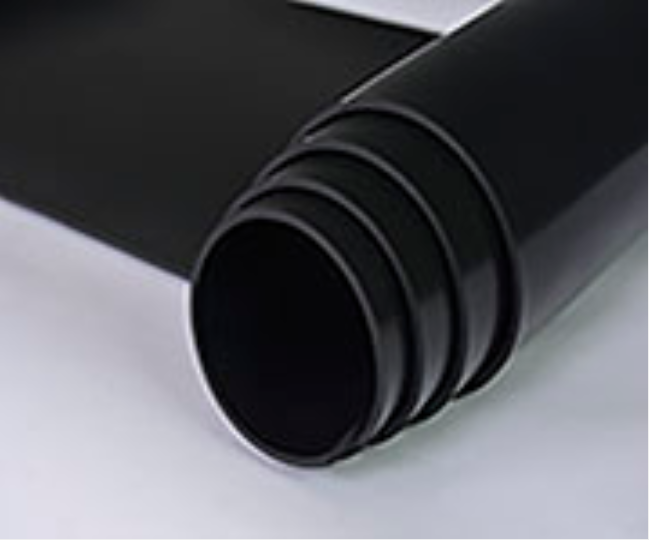
硝酸橡胶板,a material widely used in various industries,has attracted widespread attention for its properties and performance.Among them,the density of nitrile rubber sheet is one of the important factors that affect its application range and performance.This article will provide a detailed introduction and analysis of the density of nitrile rubber sheet to help you better understand this material.
Nitrile rubber is a synthetic rubber made by copolymerizing acrylonitrile and butadiene monomers.It has good oil resistance,耐磨性,和抗衰老,so it has widespread applications in many fields,such as automobile manufacturing,petrochemicals,and electronics and electrical appliances.Nitrile rubber sheet is the processed sheet of nitrile rubber with a certain thickness for use in various equipment and parts.
密度 丁腈橡胶板 is 1.5±0.05 g/cm3.For nitrile rubber sheet,the size of its density directly affects its weight,硬度,弹性,and other physical properties,and consequently affects its performance in actual applications.

Sometimes we may need higher or lower density nitrile rubber sheet to meet specific application requirements.In this case,we need to adjust the density of nitrile rubber sheet.The following are the main methods for adjusting the density:
1.Changing the raw material formula:By increasing or decreasing the proportion of certain components,the density of nitrile rubber can be changed.For example,increasing the filler content can increase the density,while reducing it can lower the density.
2.Changing the production process:Different production processes can affect the density of nitrile rubber sheets.
例如,using high-pressure molding technology can produce products with higher density,while low-pressure molding technology can produce products with lower density.
3.Changing the usage environment:The density of nitrile rubber sheets can also be affected by the usage environment.
例如,in high-temperature environments,the density of nitrile rubber sheets may decrease;while in low-temperature environments,its density may increase.

